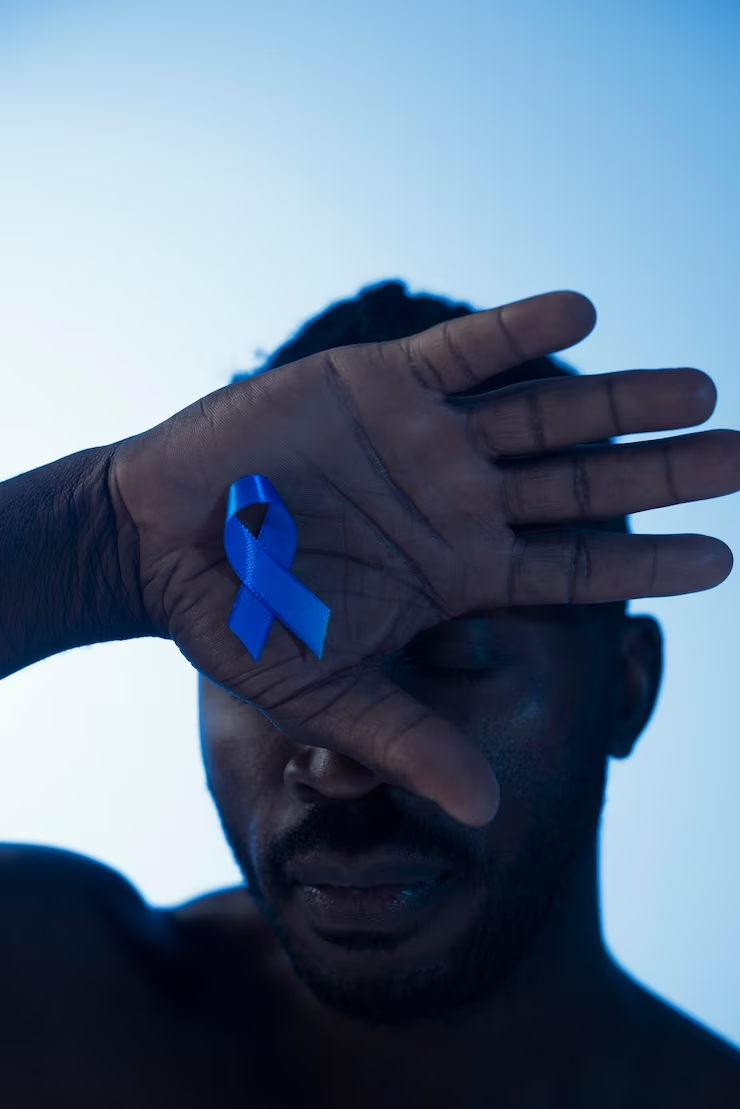Title: Understanding and Preventing HIV/AIDS in South Africa
Introduction:
HIV/AIDS continues to be a significant public health challenge worldwide, and South Africa has been particularly affected by this epidemic. Understanding the nature of HIV/AIDS, its impact on individuals and communities, and implementing preventive measures are crucial steps in combatting this disease. This article aims to provide an overview of HIV/AIDS in South Africa, along with key strategies for prevention and raising awareness.
Understanding HIV/AIDS in South Africa:
- Prevalence: South Africa has one of the highest HIV/AIDS prevalence rates globally. According to UNAIDS, in 2020, an estimated 7.8 million people were living with HIV in the country.
- Vulnerable Populations: Certain groups are disproportionately affected by HIV/AIDS in South Africa, including young women, men who have sex with men, sex workers, people who inject drugs, and individuals living in poverty or marginalized communities.
- Impact on Society: HIV/AIDS has profound social, economic, and health implications in South Africa. It strains healthcare systems, exacerbates poverty, increases orphanhood, and affects productivity and life expectancy.
Prevention Strategies:
- Comprehensive Sex Education: Implement comprehensive sex education programs in schools to provide accurate information about HIV/AIDS, safe sex practices, and contraception. Education should emphasize the importance of consent, gender equality, and destigmatizing HIV/AIDS.
- HIV Testing and Counseling: Encourage regular HIV testing and counseling for all individuals, particularly those engaged in high-risk behaviors. Early diagnosis allows for timely access to treatment and helps prevent further transmission.
- Condom Use: Promote consistent and correct condom use as an effective method for preventing HIV transmission. Make condoms readily available and accessible, including in schools, healthcare facilities, and community centers.
- Prevention of Mother-to-Child Transmission (PMTCT): Implement and expand PMTCT programs to reduce the risk of infants acquiring HIV from their mothers during pregnancy, childbirth, or breastfeeding. This includes providing antiretroviral therapy to pregnant women living with HIV.
- HIV Treatment and Care: Ensure universal access to antiretroviral therapy (ART) for individuals living with HIV. ART not only improves the health and quality of life of those infected but also reduces the risk of transmission to uninfected partners.
- Targeted Interventions: Develop targeted prevention interventions for key populations most affected by HIV/AIDS, including providing information, resources, and support tailored to their specific needs.
- Community Engagement and Awareness: Engage communities through awareness campaigns, grassroots initiatives, and involvement of community leaders, healthcare workers, and civil society organizations. This helps reduce stigma, increase HIV/AIDS knowledge, and promote testing and prevention behaviors.
- Addressing Gender Inequality and Violence: Address underlying factors such as gender inequality, gender-based violence, and harmful cultural norms that contribute to the spread of HIV. Empowering women and promoting gender equality are essential for effective prevention efforts.
- Access to Clean Needles and Syringes: Implement harm reduction programs for people who inject drugs, including access to clean needles and syringes, opioid substitution therapy, and counseling services.
- Support and Care for Affected Individuals: Provide comprehensive support services, including psychosocial support, counseling, and access to healthcare and social services, for individuals living with HIV/AIDS.
Conclusion:
Understanding and preventing HIV/AIDS in South Africa require a comprehensive and multi-faceted approach. By combining education, prevention strategies, testing, treatment, and community engagement, it is possible to reduce the impact of HIV/AIDS and improve the overall well-being of individuals and communities. Together, we can work towards an AIDS-free South Africa by promoting awareness, combating stigma, and ensuring access to prevention, treatment, and support services for all.










